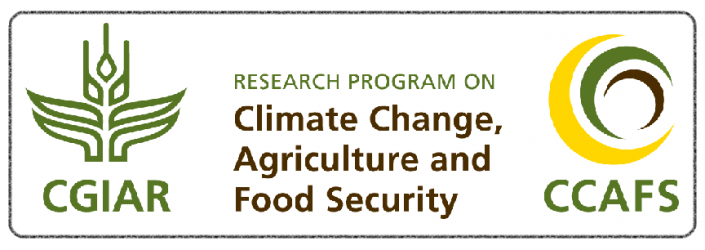Warm season forages can provide favourable forage yields and have similar mineral/nutritional value as cool season forages. The inclusion of warm season forages into pasture can be beneficial as it can extend the grazing season without sacrificing pastures. From the data available it is fair to say while warm season forages didn’t greatly increase Ca, Mg, P and K levels, it did however remain within the same level as cool season forages. This maybe be due to the fact temperature was becoming milder and rainfall was increasing, warm season crops didn’t improve mineral content as one may have expected. Fluctuations in minerals were statistical significant difference mixture and mixture*month which could be due to environmental conditions, season, maturity or forage specie. The pastures tested had almost adequate levels of minerals for grazing ruminants.


As stated there little fluctuation between each year and month


